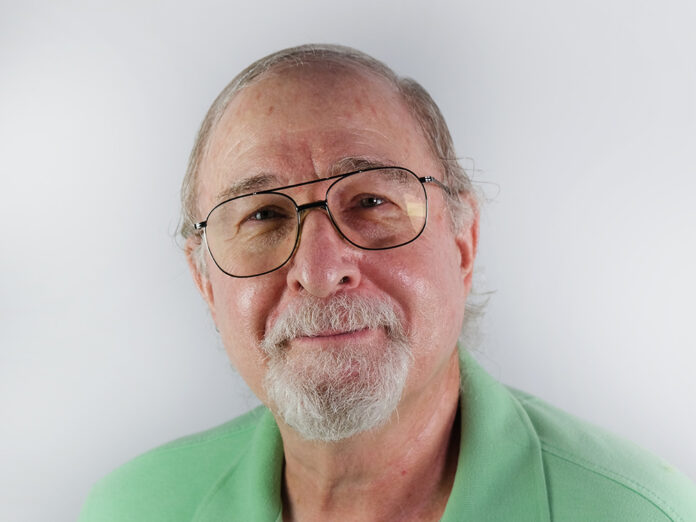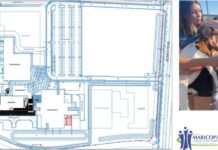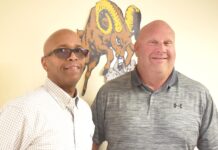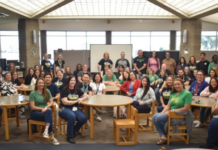A previous column provided details of an investigative report that contrasted the secondary mathematics curriculum of the United States vs. European schools, and how American students’ math achievement levels are significantly lower than most advanced nations. One difference between the programs is the lack of coverage of applications of data science (or statistics).
The most recent column demonstrated how the lack of knowledge of data science has left many Americans confused about the exponential growth of the COVID-19 virus. When medical experts talk about the need for a randomized experimental study with a placebo to test a vaccine, many citizens see this statement as if it were written in a foreign language. They cannot understand why it might take as long as 18 months to approve a vaccine.
Experimental studies require subjects to be randomly assigned to one of two groups, an experimental group whose members receive the treatment being studied or a second group that receives a placebo. The randomization is needed to allow the two groups to be similar in make-up.
A further step, blocking, is required if further control is needed for specific characteristics. For example, if there was concern about the effects of gender and age on the effectiveness of the vaccine, the subjects would be placed into four blocks, women under 50, men under 50, women over 50 and men over 50. Half the subjects in each block would be randomly assigned to the experimental group while the remaining half receives the placebo.
A placebo is a treatment with no active ingredient since some subjects will react positively even when the treatment is neutral. At the completion of the experiment, the percentage of the experimental group who contracted the virus is compared to the percentage in the placebo group. Data science dictates the difference in these percentages necessary to declare there is evidence of a benefit using the vaccine.
The process demands time be spent to allow the subjects to be exposed to the virus and to examine the results. If, after a proper time, no significant difference is seen between the two groups, the study must restart with a new treatment. It must be noted that the subjects never know to which group they were assigned, and the medical professionals examining and treating the subjects must not know who is in which group. This is a double-blind experiment, which allows for credible results.
Bringing data science into our math curriculum will make Americans better consumers of information. The addition of applied statistics to math classes will provide answers to the question, “When will we ever use this arithmetic and algebra?”
Murray Siegel, Ph.D., has 44 years of experience teaching mathematics. He is a volunteer at Butterfield Elementary School.
This column appears in the July issue of InMaricopa.

















![Shred-A-Thon to take place tomorrow An image of shredded paper. [Pixabay]](https://www.inmaricopa.com/wp-content/uploads/2024/03/shredded-paper-168650_1280-100x70.jpg)
